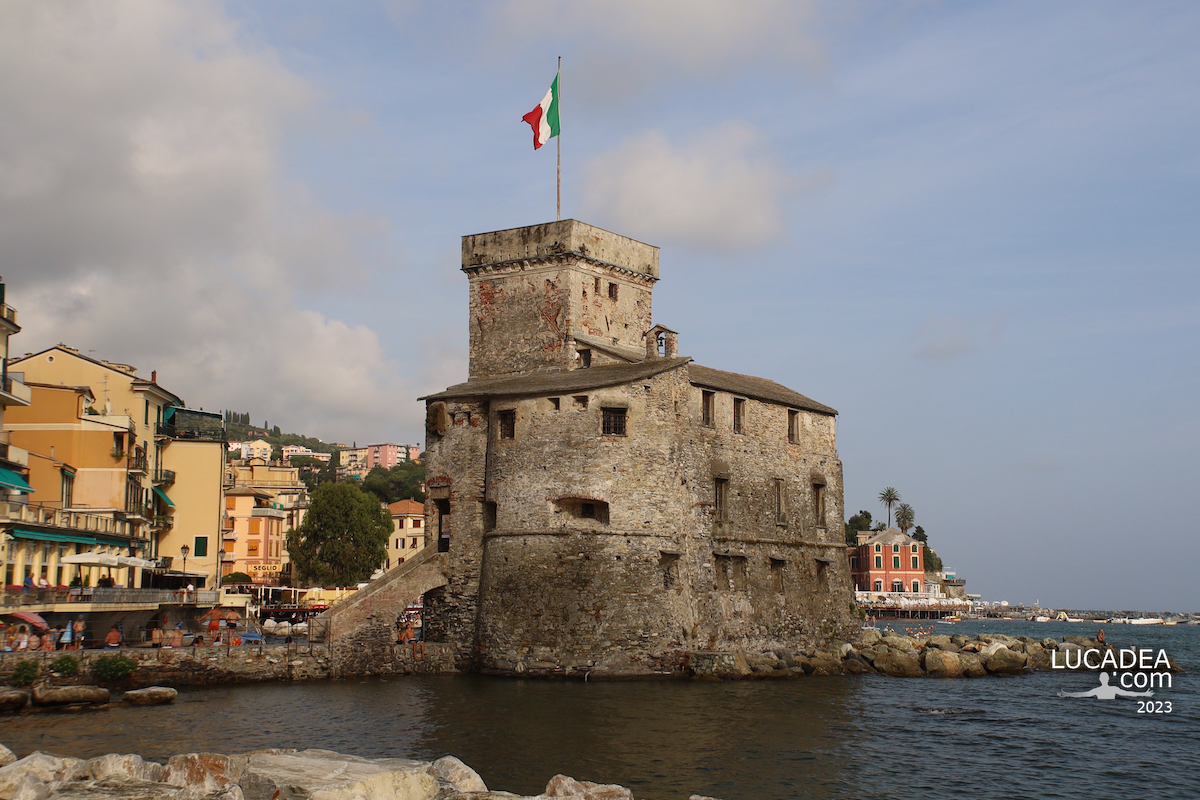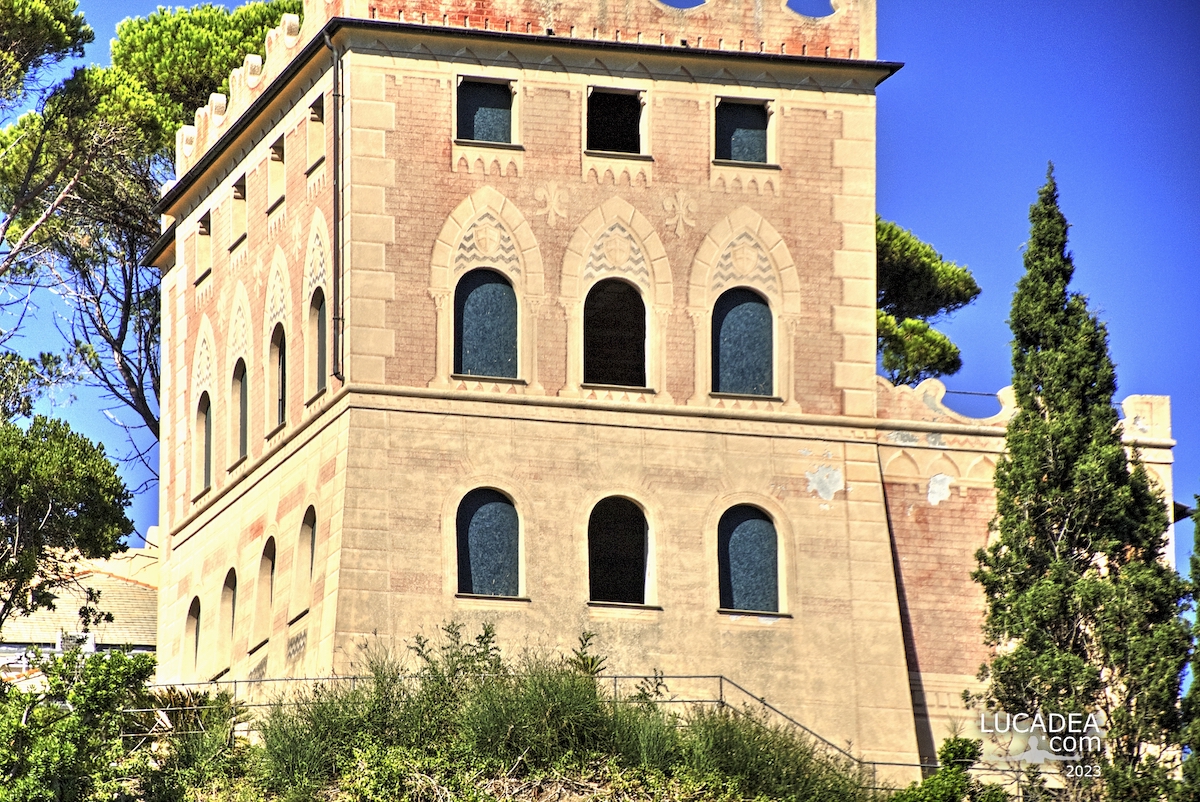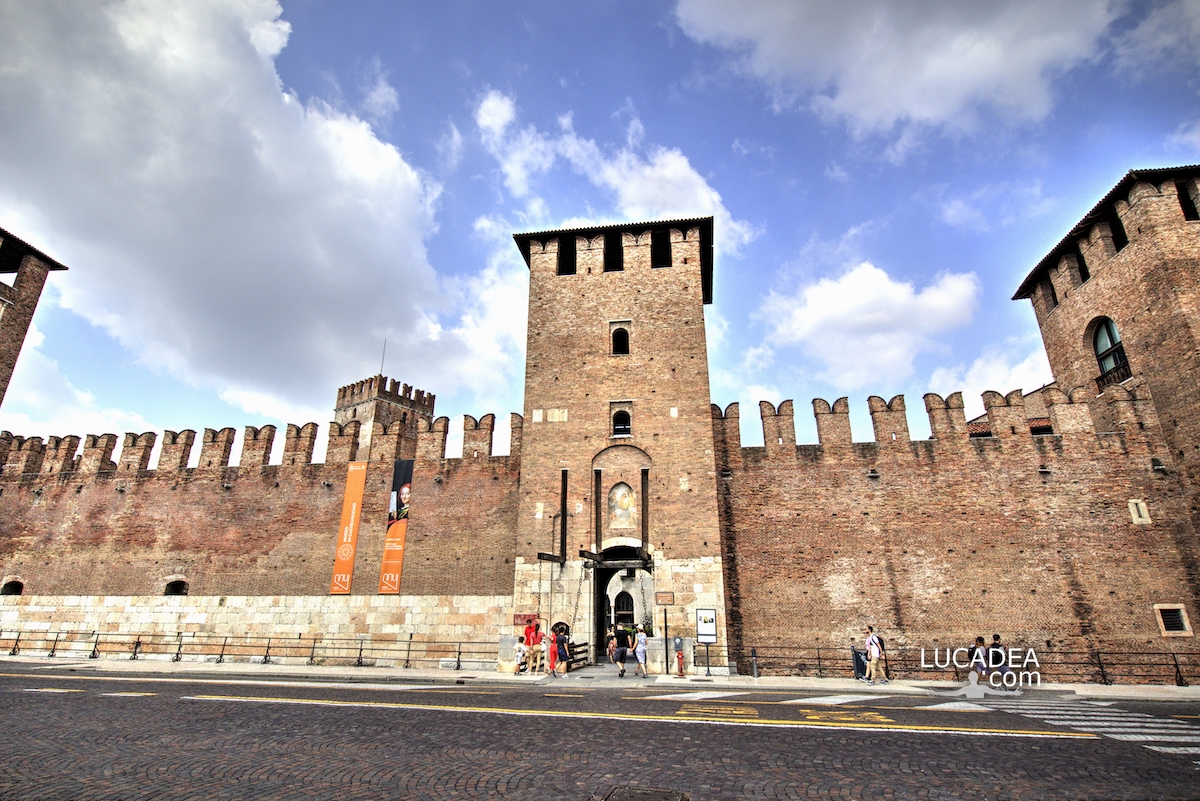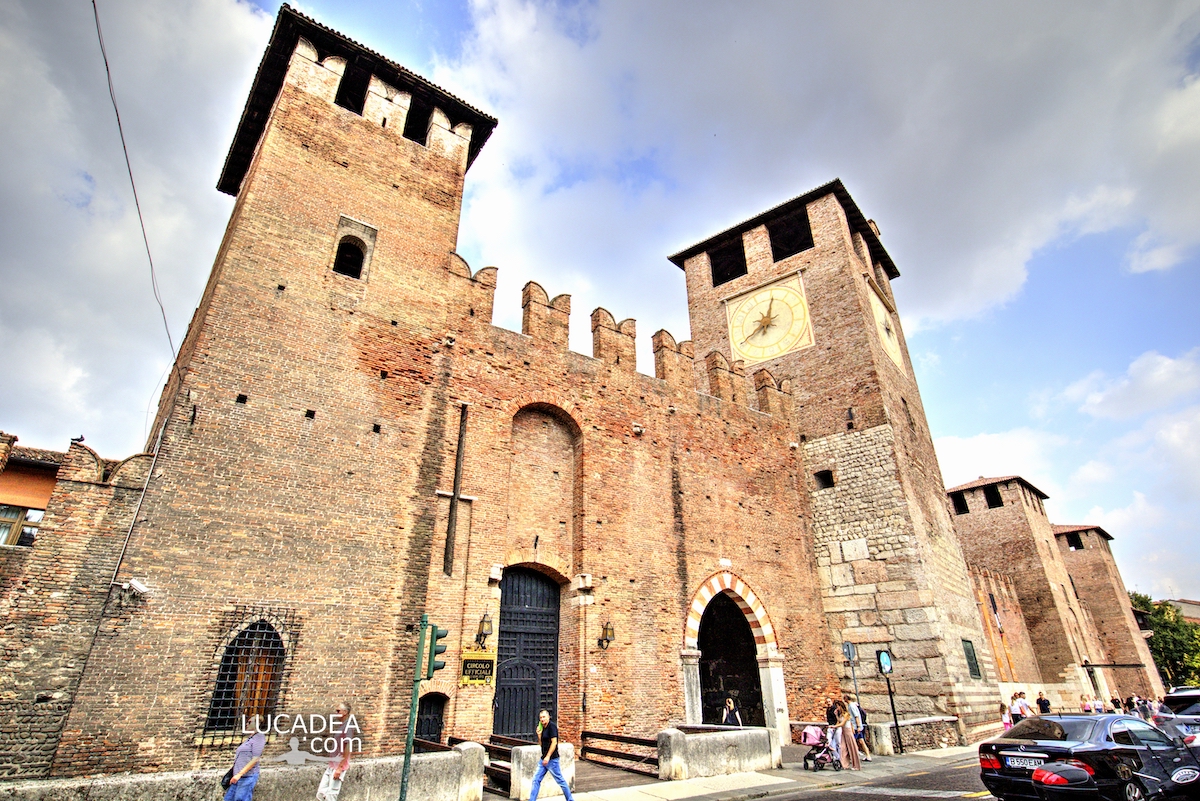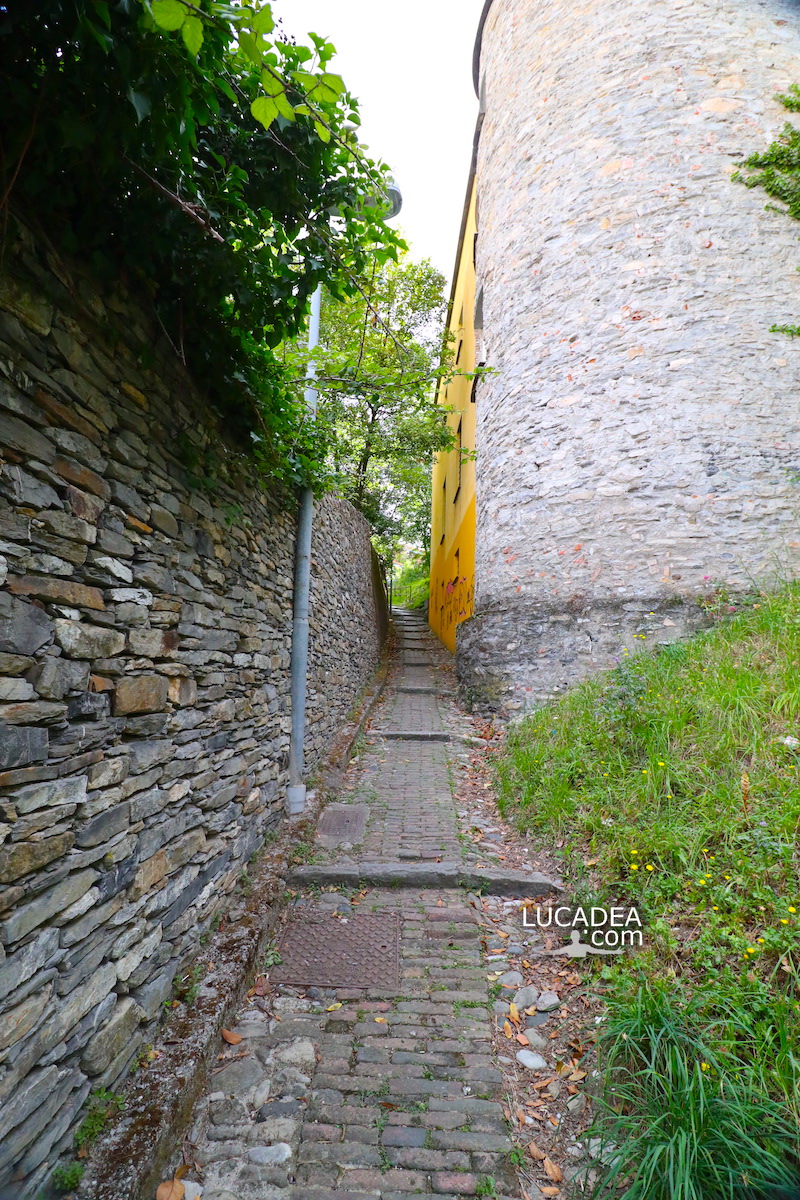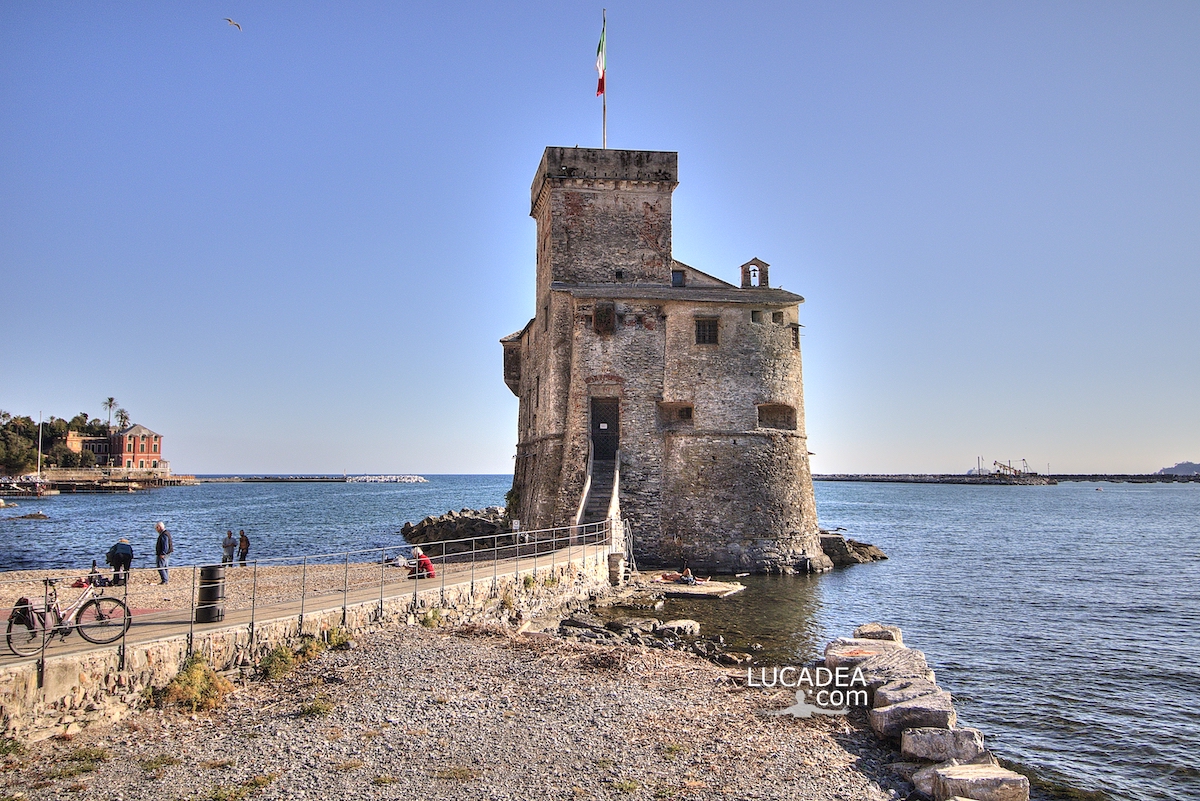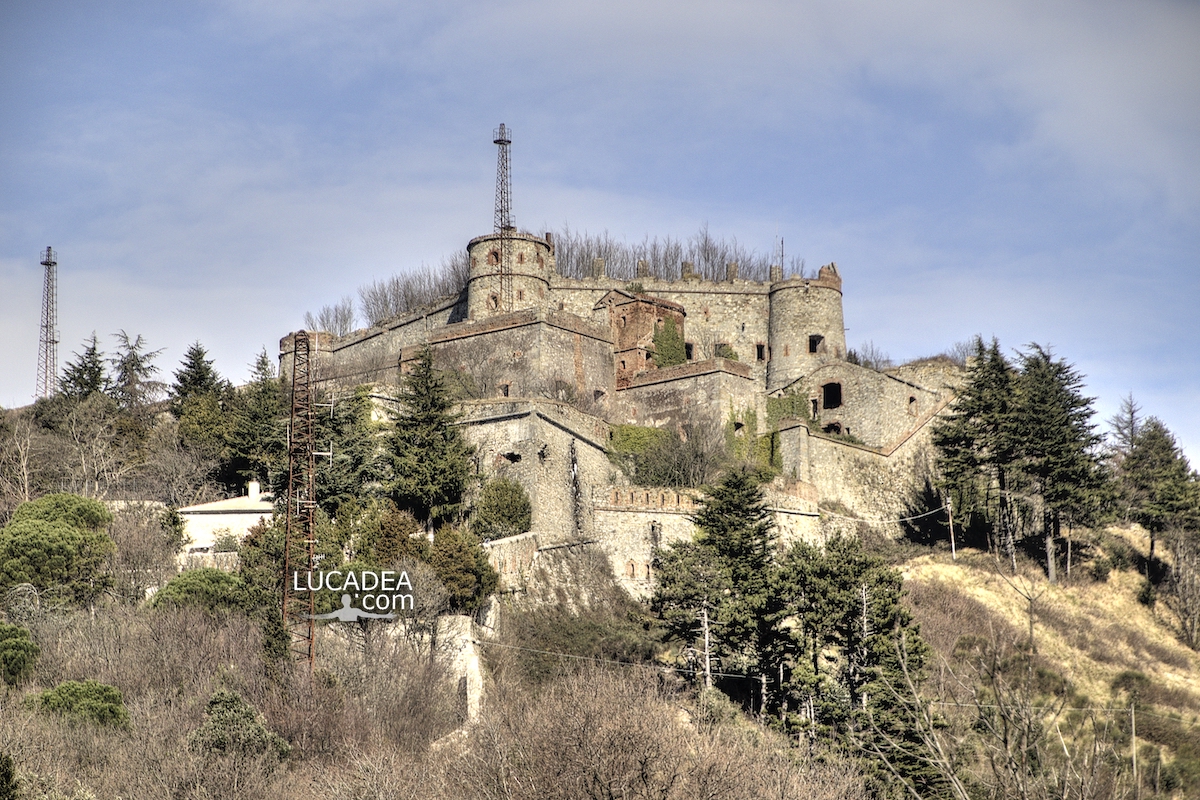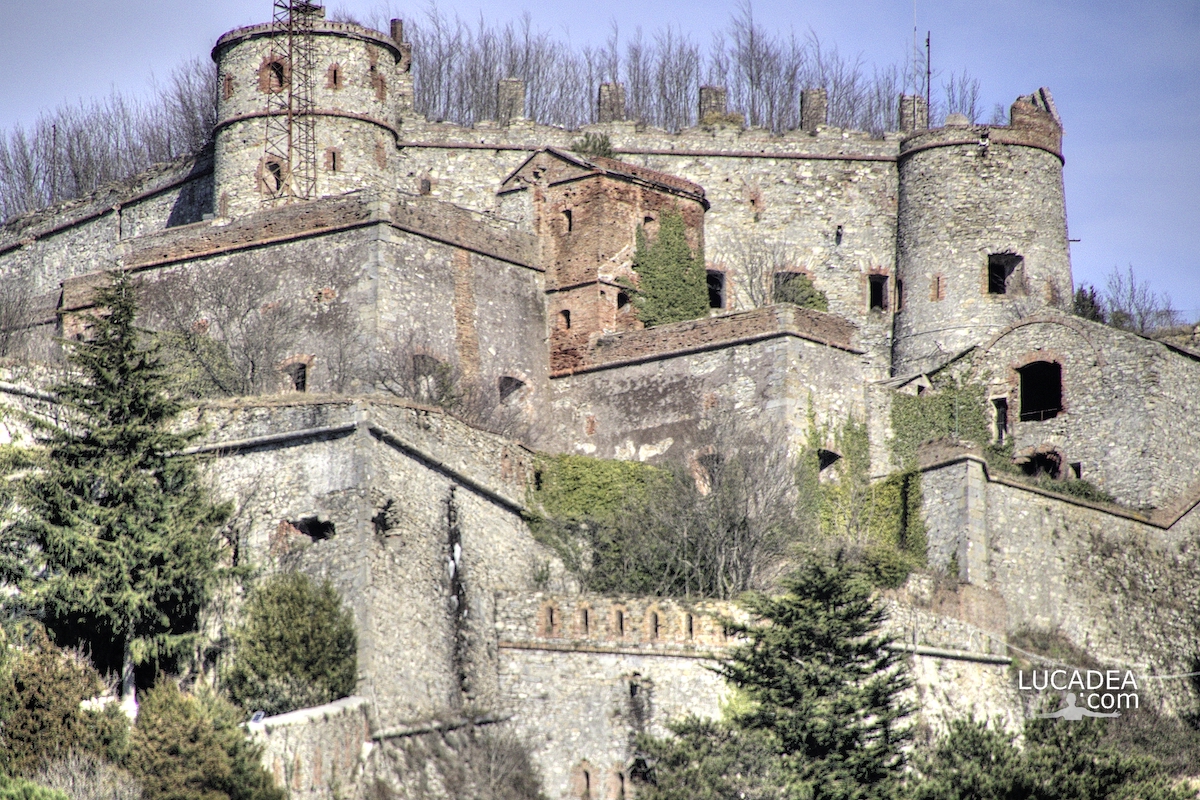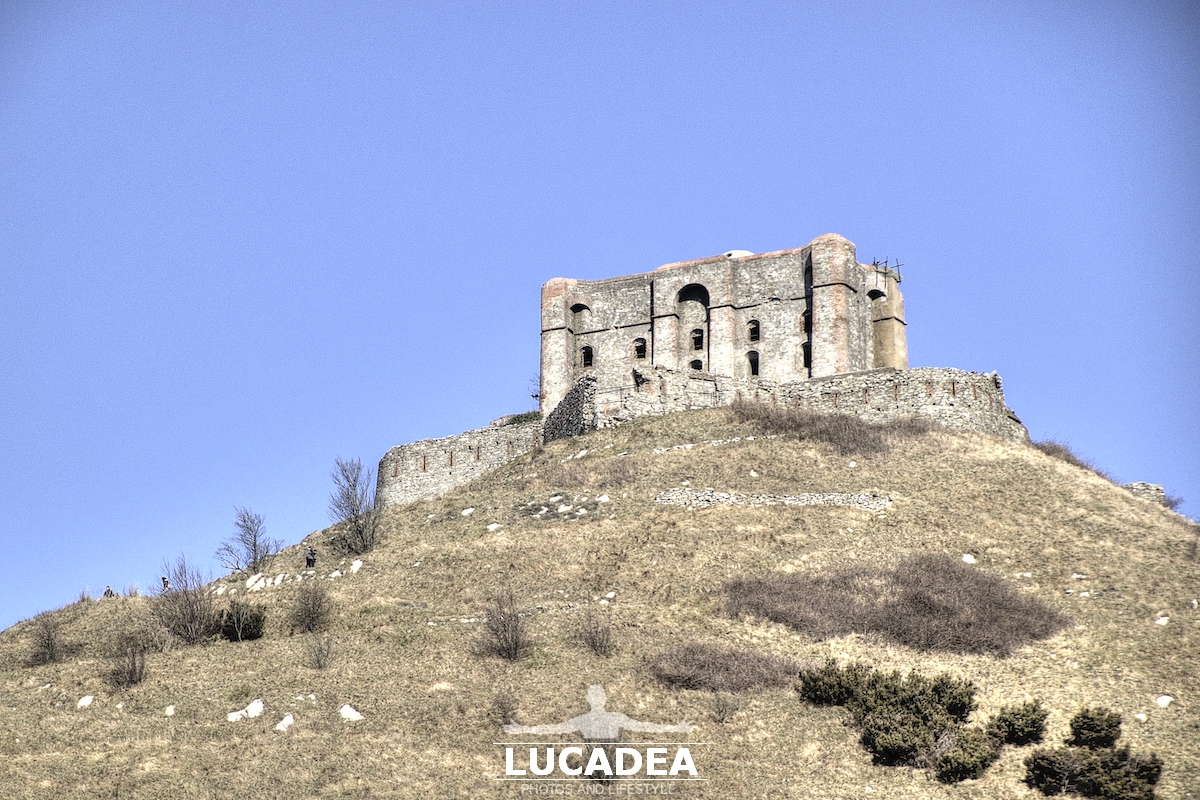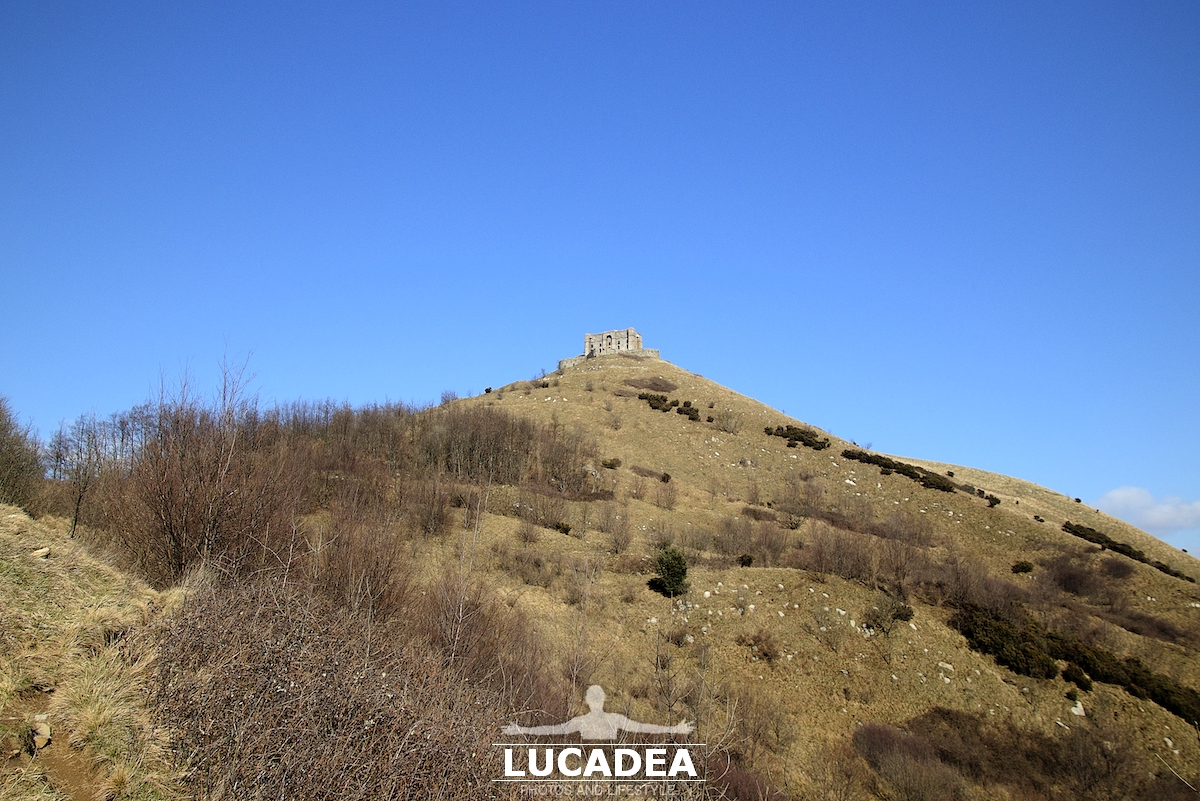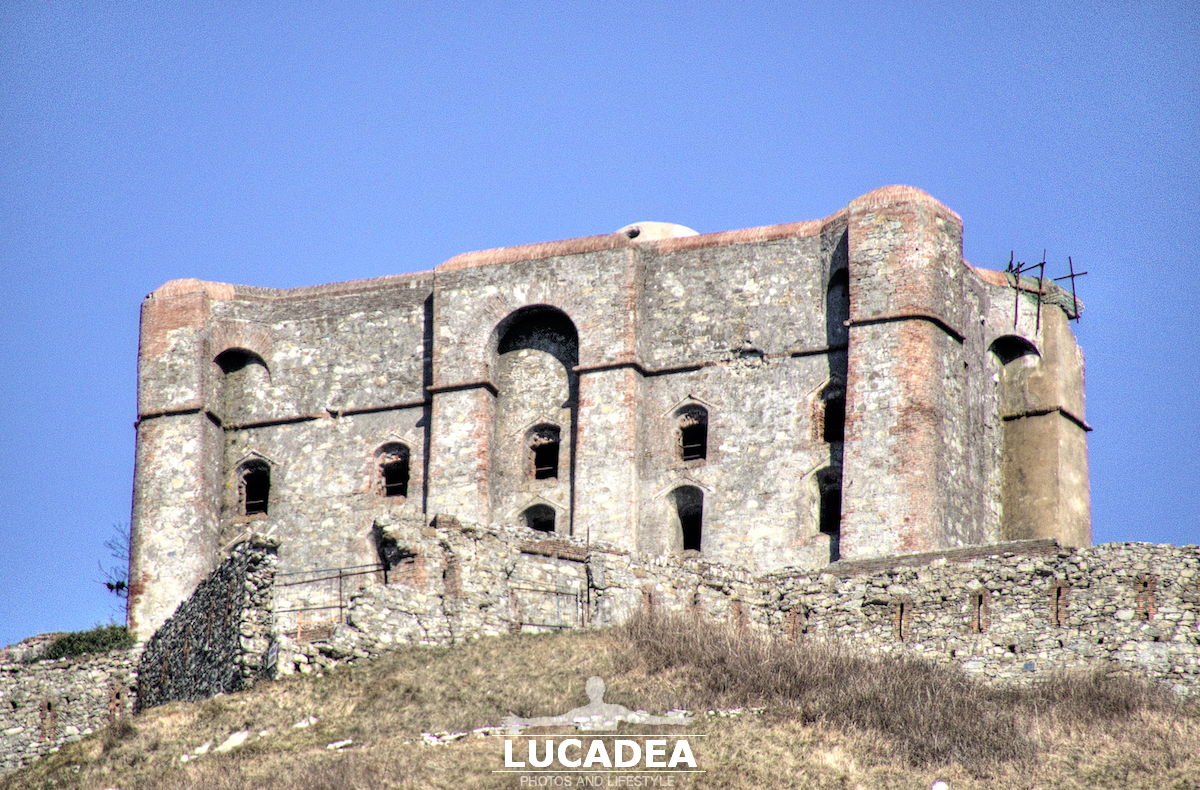Glimpses of the São Tiago Fort in Funchal on the island of Madeira.
Some time ago, I took these photos while visiting the famous yellow fort that dominates the bay in which the city of Funchal is located.
Have you ever been to the island of Madeira?
Add your own comment or go to the bottom of the site to read what other visitors have written.
Photo taken with Canon EOS RP and lens Canon RF 24-50.
To see all the photos of Funchal click here:

Where is the fort located:
The archipelago is made up of two major islands, Madeira and Porto Santo, three smaller uninhabited islands, known as the Desertas, and two smaller islands, also uninhabited, called the Savage Islands. The largest island is Madeira. The archipelago, together with Cape Verde, the Azores and the Canaries, forms Macaronesia; the Azores and Madeira are part of Portugal, the Canaries are part of Spain and Cape Verde, once Portuguese, is now an independent republic.
Continue and learn more on Wikipedia







